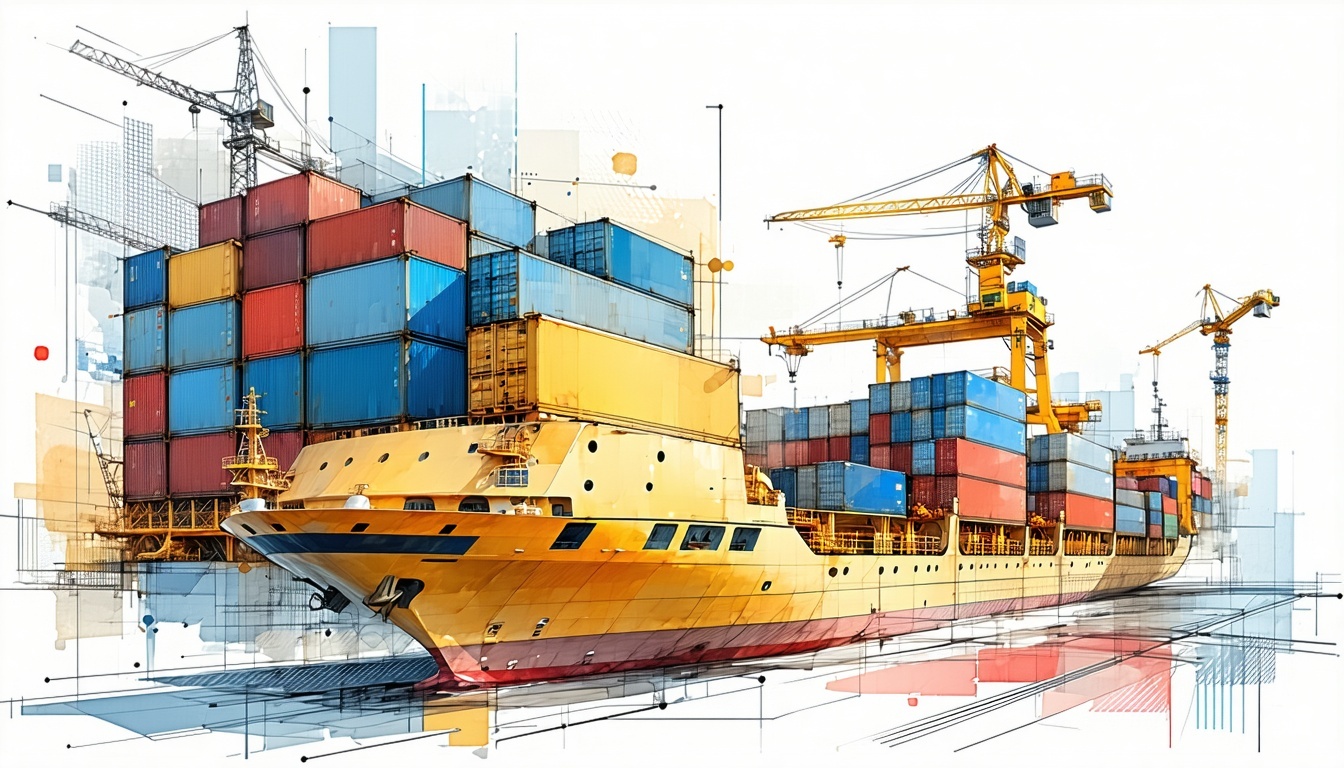Six Legal Moves for Home & Housewares Importers
Why It Matters
Importing goods from China in 2025 means dealing with steep tariffs—up to 49%, sometimes even over 100%. These duties squeeze margins and threaten your business’s profitability. But tariffs aren’t a fate you must accept—they’re a challenge you can strategically mitigate.
In this post, we’ll share six proven, fully legal, and customs-compliant strategies that operations and finance teams can implement right away. No sales tactics—just practical ways to cut import duty costs and keep your supply chain strong.
1. First Sale Rule: Lower Your Duty Base
What is it?
Instead of paying duty on the full price you pay your supplier, you declare the factory sale price—which is usually significantly lower.
Why it works:
By using the first “arm’s‑length” transaction value (factory ➜ middleman ➜ you), you save on the higher tariff calculation. It’s totally legal under CBP rules—if you meet the documentation requirements.
Example:
A cookware importer sourcing via a Hong Kong agent saved 29% per unit by declaring the factory’s $5 sale price rather than the $7 unit price—cutting 25% tariff duty from $1.75 to just $1.25.
2. Unbundling Components: Assemble Locally
What is it?
Instead of importing fully assembled products, ship motors, housing, and accessories separately. Assemble them in the U.S.
Why it works:
Each component often falls under a lower-duty HTS code. Combined, they cost less than importing the finished product. Plus, properly staged entries help you avoid full tariffs.
Example:
A vacuum importer dropped the duty hit from 25% to around 10% by shipping parts separately and assembling the units stateside—saving hundreds of thousands annually.
3. Delivered Duty Paid (DDP): Let Supplier Manage Duties
What is it?
Your supplier takes care of import duties and customs clearance, delivering goods already duty-paid—freeing you from those tasks.
Why consider it:
It offers cost predictability and shifts the burden off your finance team. With smart vendors, you may avoid misdeclarations or delays.
Compliance note:
You’re still legally responsible if the supplier misclassifies or underpays. Always audit their entries or require proof of payment.
4. Tariff Engineering: Design for Lower Duty
What is it?
Modify your product’s design or materials so they classify under lower-duty HTS codes.
Why it works:
A small tweak—like using stainless steel instead of aluminum or shipping unfinished parts—can slash the duty. Courts allow legal classification by design, not just declaration.
Example:
A cookware brand switched to stainless-steel exteriors to avoid aluminum-specific tariffs. Another shipped blenders unassembled and painted them domestically, cutting a ~20% tariff hit.
5. Binding Rulings & Classification Audits
What is it?
Review and confirm your product’s tariff codes. File for CBP Binding Rulings to lock in preferred classifications.
Why it matters:
A simple reclassification can slash duty from 10% to 5%, plus CBP refunds for past overpayments.
Example:
A furniture importer saved 30% by reclassifying wooden shelves under knock-down storage versus general furniture, receiving CBP confirmation and refunds.
6. Country-of-Origin Realignment: Move Production Out of China
What is it?
Shift assembly or manufacturing from China to countries like Mexico, Vietnam, or Thailand.
Why it works:
Avoid China-specific Section 301 tariffs and possibly qualify for favorable trade terms or FTZ benefits.
Big wins:
-
SharkNinja & YETI reported major tariff relief after re-sourcing outside China.
-
Brands like Helen of Troy are reducing China dependence across their lines.
Tip:
Ensure “substantial transformation” under U.S. trade rules—true assembly or processing in the new country—and track it obsessively.
Which Strategy is Right for You?
| Strategy | Effort | Savings | Risk Level |
|---|---|---|---|
| First Sale Rule | Low | 5–15% | Low |
| Unbundling Components | Medium | 10–20% | Medium |
| DDP | Low | Cash-flow certainty | Medium |
| Tariff Engineering | Medium | 15–30% | Medium |
| Binding Rulings & Classification | Low | 5–10% | Low |
| Country-of-Origin Realignment | High | 20–35% | High |
Start small (First Sale, audits), then scale up to bigger moves like unbundling, engineering, or origin swaps.
Getting Started: A Practical Roadmap
-
Run a duty-cost audit — break down Shopify/P&L to identify high-impact SKUs.
-
Map your playbooks — match product lines to potential strategies.
-
Pilot one tactic per quarter — test and document the results.
-
Track compliance & ROI — keep paperwork airtight.
-
Scale successful pilot across product lines.
Final Takeaways
-
Tariffs don’t have to be a fixed cost—your business can control them.
-
Even small savings compound into serious margin gains.
-
Compliance isn’t optional—it’s the difference between winning or losing strategies.
-
Start with audits and go deeper over time; flexibility is your best asset.
Want help personalizing your tariff-reduction plan?
Book a 20-minute duty-savings consultation at apexceo.co
Connect with Luke Peters on LinkedIn for more supply chain playbooks.

